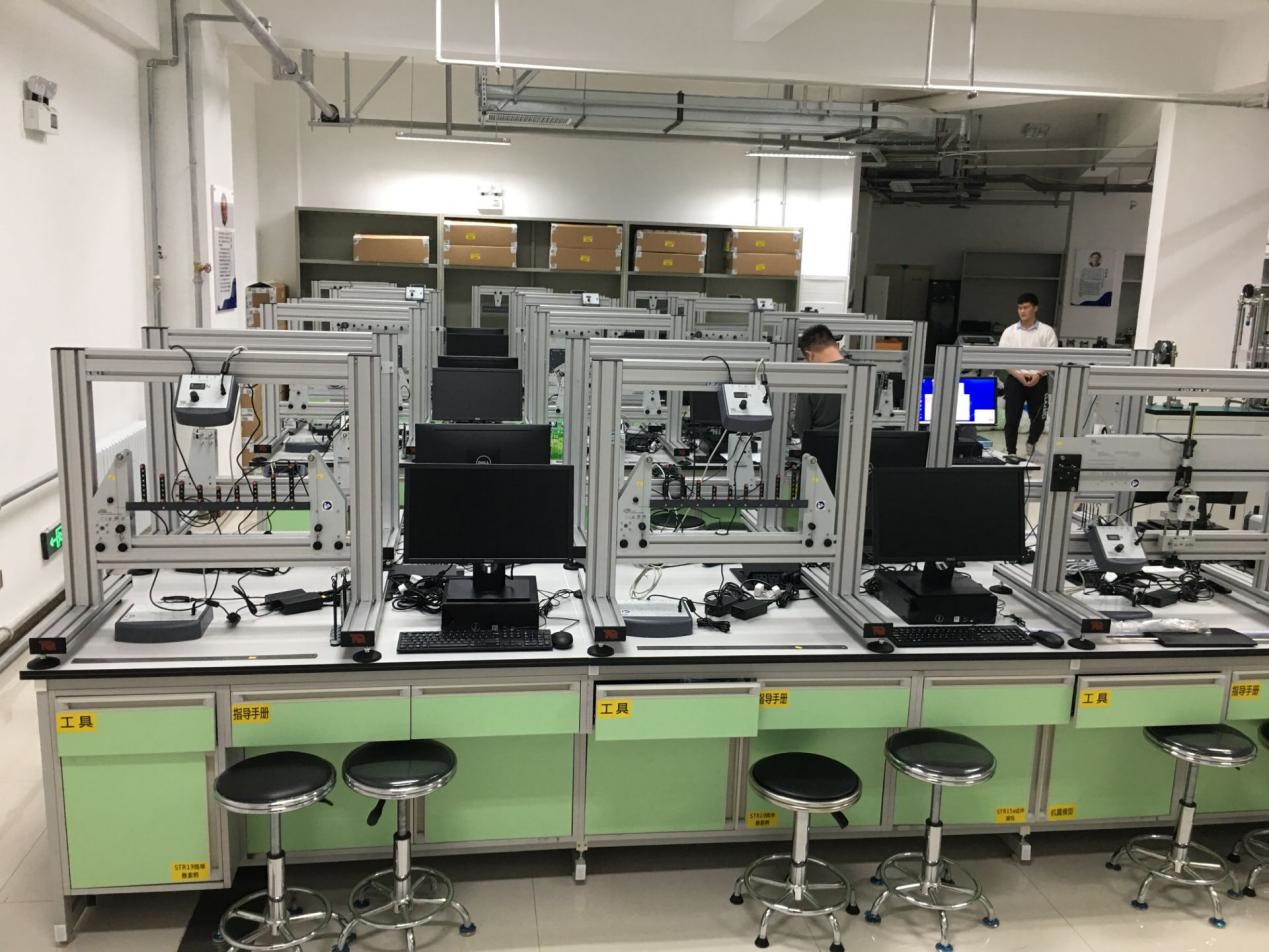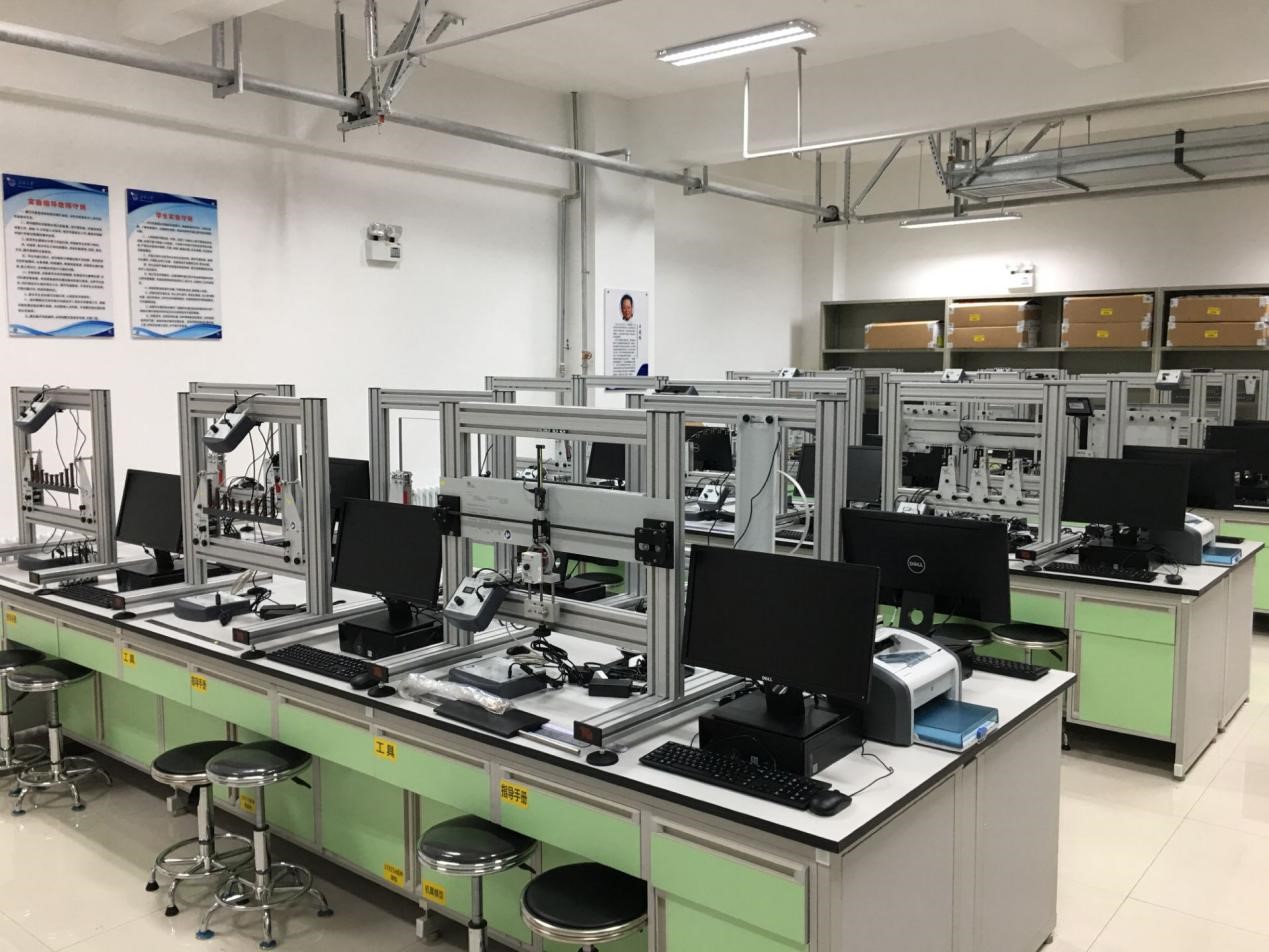In November 2020, the construction of the structural Mechanics experimental teaching platform project of Civil Engineering College of Qinghai University undertaken by our company was completed. The Experimental Teaching Center of Basic Mechanics of Qinghai University is affiliated to the College of Civil Engineering. It is an experimental center managed by the university and the college, and also a university-level experimental center of Qinghai University. The Basic Mechanics Experimental Center, formerly known as the Mechanics Laboratory, was founded in 1985 and belongs to the Department of Construction engineering. It is a technical (professional) basic laboratory. It is one of the basic laboratories of Qinghai University, and undertakes mechanical experiment tasks for all engineering undergraduates. Construction mechanics experiment teaching center in "mechanics of materials, theoretical mechanics, mechanics of construction, engineering mechanics, structural mechanics, elastic mechanics and finite element analysis, structural dynamics, elastic-plastic mechanics, the finite element principle and application" to represent the mechanics of high quality teaching resources, such as continuous with various links up for the engineering speciaty, and provide theoretical and technical support for engineering education. Through the structural mechanics experiment teaching platform construction, the new structural mechanics laboratory teaching modules and functions of the basic mechanics experiment teaching center of experimental curriculum system gradually according to the economic construction and social development in the new century the need for high quality innovative talents cultivation, closely integrated with the theoretical teaching, scientifically set up the experimental project, and pay attention to advanced, open, And the scientific research results into experimental teaching, to form a systematic and scientific, complete curriculum system adapted to the characteristics of the subject and its own, comprehensive training of students' scientific style, experimental skills and comprehensive analysis, discovery and problem solving ability, so that students have innovation, entrepreneurship and practical ability. The experimental equipment configured in the mechanics laboratory includes: 1. Beam bending moment testing device 2. Deflection test of beam and cantilever beam 3. Test device for bending and shear center of asymmetrical section beam 4. Three-hinged arch test 5. Fixed arch test 6. Continuous beam and statically indeterminate beam test 7. Bending rod and boom test device 8. Frame deflection and reaction test 9. Plastic bending test of beam 10. Plastic bending test device for door frame 11. Redundant truss test 12. Simple suspension bridge test 13. Bending test device for door frame Experiments can be completed: 1. Bending moment change of beam at the position of applied load; Change of bending moment far from the position of applied load; Test other load conditions, including distributed loads. 2. Beam deflection; Bending formula; The rotation; Elastic modulus of various materials (Young's modulus); Typical end fixing mode; Cantilever beam; Support cantilever beam; Fixed end beam; Simply supported beam. 3. Horizontal and vertical deflection of beams with different asymmetric sections at various angles; Horizontal and vertical deflection of beams with different asymmetric sections under various loads; The relationship between vertical and horizontal deflection and the main moment in each section area; Shear center of various asymmetrical beams. 4. Characteristics of three-hinged arch; The relationship between applied load and horizontal support reaction force; The reaction force is generated by a simple statically determinate arch structure. Base stability and economy. 5. Reaction force of simply supported beam; Reaction of double-span continuous beam; Reaction force and fixed moment of fixed beam and cantilever beam; The relation between load and deflection of beam and cantilever beam; Use rigid or flexible beams. 6. The relationship between load, horizontal deflection and vertical deflection of different structures;A curved rod; A bar with an Angle; A semicircular structure; A quarter circle structure. 7. Load, horizontal reaction force, fixed moment, swing and shear force in structure; Rectangular doorframe with uniform cross section; Rectangular doorframe with inconsistent cross section. 8. The relationship between load and deflection of beam under plastic condition; Shape coefficient; Introduction to limit state design; Beam maximum load and plastic twist formation. 9. The relationship between load and deflection when the door frame reaches the plastic condition; Introduction to limit state design/the maximum load of the gantry under the condition of applying the load vertically from the middle, applying the load horizontally from the corner and applying the load on the average of the two positions and forming the relationship between the plastic hinge; The correlation between horizontal and vertical loads with respect to plastic hinge position and failure mode. 10. Strain, stress, force and deflection in structures/statically indeterminate structures/statically indeterminate structures. 11. Characteristics of simple suspension Bridges; The relationship between the load applied and the sling tension; Structural stability; Experimental results and simple sling theory. 12. Linearity of strain gauge; Using strain measurement to find bending moment; Bending moment of horizontal and vertical load; The bending moment of vertical rod under the action of internal moment and external moment; Contrast between ideal and non-ideal structures     |
服务热线
18500300266
